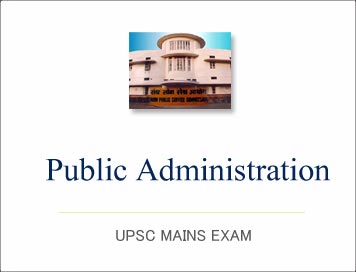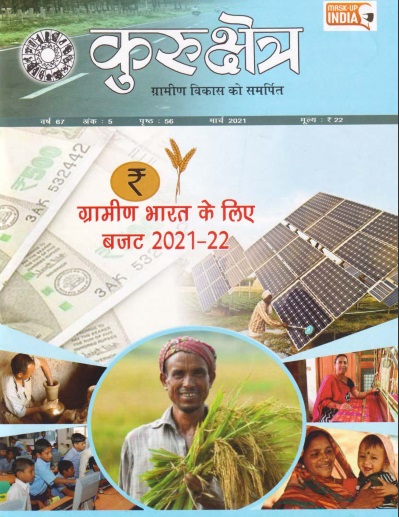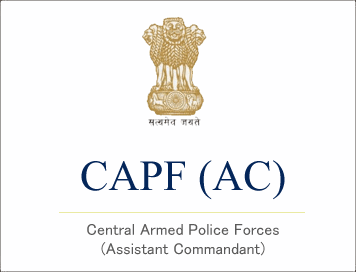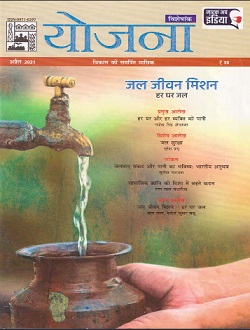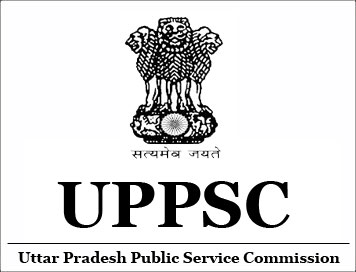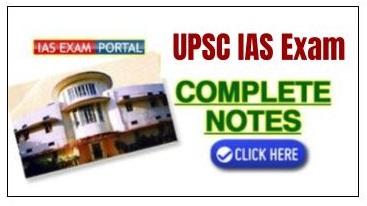Model Questions for UPSC PRE CSAT PAPER SET - 57
Passage : Instruction for question- read the following passage and
answer the questions that follow. Your answers to the questions should be based
on the passage only.
The Naxal
dominated districts in India also hold the same distinction they not only have
some of the worst human development as well as economy indicators in India but
equally that the communities living there have been victims of injustice (Anayaya),
as Amartya Sen would say, Some thing deeper and broader than niti & law. This
has been the underlay for the armed conflict. The views of women, active in both
the theoretical and practical processes of peacemaking, suggest the need to move
beyond simply incorporating a ‘women’s perspective’ or claiming that their
societal roles give them generic values in peace building. The argument of this
paper is that it is only through building economically just and politically
democratic system that enduring peace can be put on the ground, and that women’s
particular experience of injustice, their reconstruction of economic reasoning,
as well as their special location and experience in grass roots and community
oriented wake, gives them both the intellectual and practical skills for
building those peaceful spaces. In that sense Gandhi’s thought was that ‘the
women of India should have as much share in wining swaraj as men. Probably in
this peaceful struggle women can outride man by many a mile, is sophisticated
and appropriate, for that she first posits equality of presence and then the
firmness of women can outdistance men.
1. According to passage which is correct about armed conflict?
1. The affected communities have been subjected to injustice.
2. The affected communities have been brought under a broader law.
Choose the correct option using codes
(a) Only 1
(b) Only 2
(c) Both 1 and 2
(d) Neither 1, nor 2
2. According to passage which is correct about armed conflict?
1. The affected communities have suffered injustice despite being under the
protection of law
2. The affected communities live in the least developed areas of the country.
Choose the correct option using codes
(a) Only 1
(b) Only 2
(c) Both 1 and 2
(d) Neither 1, nor 2
3. Choose the correct statement.
1. Women have key strengths that help build lasting peace.
2. The bedrock of enduring peace in and economically just and politically
democratic system
Choose the correct option using codes
(a) Only 1
(b) Only 2
(c) Both 1 and 2
(d) Neither 1, nor 2
4. It can be inferred from the passage that the author.
(a) is arguing for a more active role for women in the peace building
process.
(b) is arguing for the recognition of past achievements by women in the peace
building process
(c) is arguing that women have a greater ability than men have in the process of
peace building
(d) is arguing for the active participation of all minority groups in the peace
building process.
5. Consider the following statements;
1. The Naxal dominated districts in India also have the worst human
development
2. They are victims of Anaya, injustice.
Choose the correct option using codes
(a) Only 1
(b) Only 2
(c) Both 1 and 2
(d) Neither 1, nor 2
Passage : Instruction for question- read the following passage and answer
the questions that follow. Your answers to the questions should be based on the
passage only.
In a sense, 2012 has the potential to be call important milestone; As of
January, it has been more than 12 months since India recorded its last case of
poliomyelitis. If 2012 passes without this record being disturbed, India and the
rest of the world would have made significant progress toward eradicating only
the second human disease ever. As with small pox, the primary tool that is being
employed is a highly effective Vaccine. It is because of their tremendous public
value that the famous economist Jeffrey sachs once
called vaccines and other similar health interventions ‘weapons of mass
salvation’. This potentially defining advancement in the battle against polio
comes, coincidentally, at a moment
of reckoning for vaccines and immunization. In May 2011, ‘the decade of vaccines
collaboration’ was lunched at the World Health Assembly. With a Variety of
stakeholders- ranging from United Nations agency to multilateral bodies,
national governments to philanthropic institutions- this efforts hopes to
maximize the power and potential of vaccines over the next decade, and expect
full benefits of immunization to everyone.
6. According to passage.
1. As of January 2011, it has been more than 12 months since India recorded
its last case of poliomyelitis.
2. India can dramatically impact global immunization efforts this year.
Choose the correct option using codes
(a) Only 1
(b) Only 2
(c) Both 1 and 2
(d) Neither 1, nor 2
7. According to passage.
1. The success in the battle against polio coincides with a moment of
reckoning of vaccines and immunization
2. India has the largest number of immunized children in the world
Choose the correct option using codes
(a) Only 1
(b) Only 2
(c) Both 1 and 2
(d) Neither 1, nor 2
8. The author considers 2012 to ‘ have the potential to be an important
milestone’ because.
1. The year has been labeled as the ‘ year of intensification of routine
immunization.
2. If no cases of poliomyelitis are recorded this year then significant progress
will be achieved in eradicating the diseases.
Choose the correct option using codes
(a) Only 1
(b) Only 2
(c) Both 1 and 2
(d) Neither 1, nor 2
9. The year ‘2011’ was declared as
(a) Decade of polio vaccines
(b) Decade of vaccines
(c) Decade of small pox vaccines
(d) Decade of TB vaccines
10. India recorded its last polio case in
(a) 2012
(b) 2010
(c) 2011
(d) 2009
Answer:
1 (b) 2 (c) 3 (a) 4 (d) 5 (d) 6 (c) 7 (a) 8 (b) 9 (d)
10 (b)

